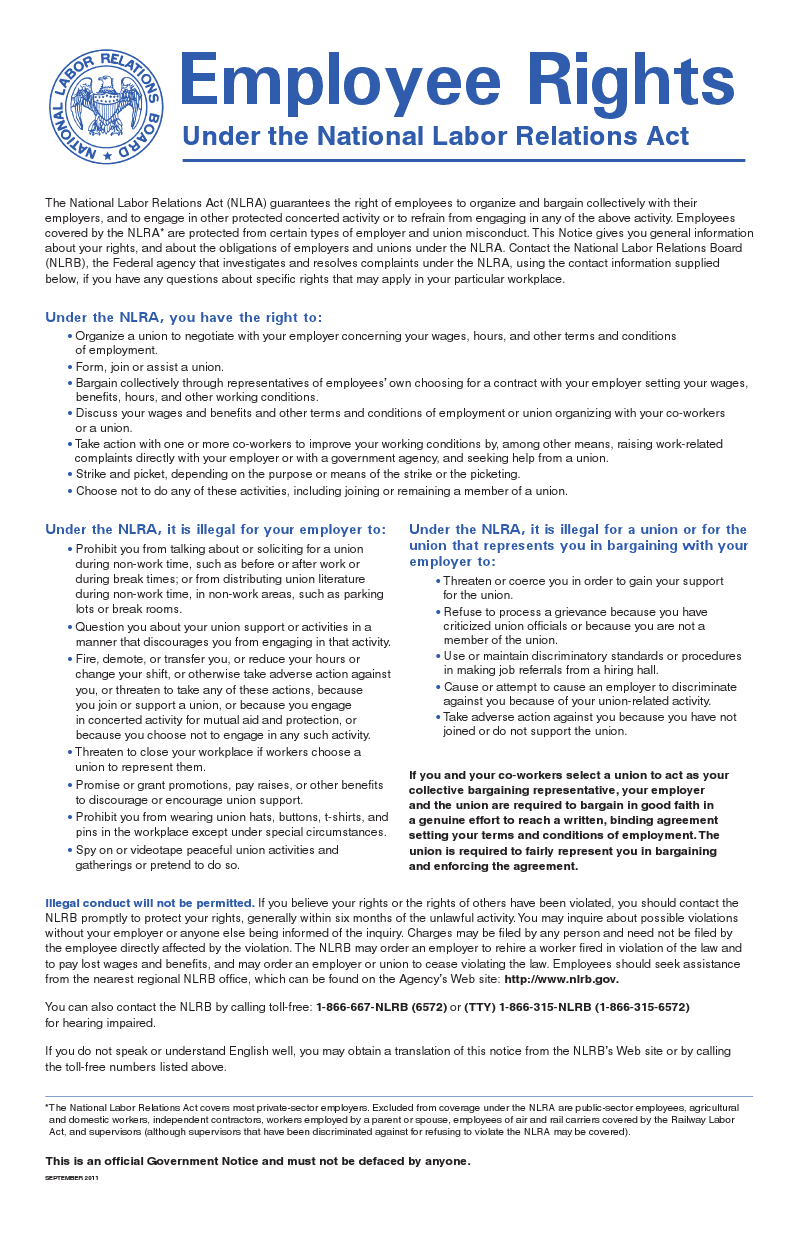A severance agreement helps to allow businesses to ensure that former employees don’t sue. The concept is fairly simple: in exchange for $X, the former employee agrees to release the company from every claim under the sun from the beginning of time through the date the former employee signs the agreement (or seven days after the agreement is signed in cases where the employee releases claims under the Age Discrimination in Employment Act).
Where am I going with this? Let’s take a hypothetical. Assume that ABC Company decides to lay off two employees: Bob and Mary. Both worked the same position, have the same seniority, and reported to the same supervisor. However, ABC offers Bob six weeks of severance and Mary only three weeks of severance. Does Mary have a potential gender discrimination claim against ABC?
The answer follows after the jump…
* * *
Continue reading
 I’ve beaten it to death on this blog.
I’ve beaten it to death on this blog. The Employer Handbook Blog
The Employer Handbook Blog








